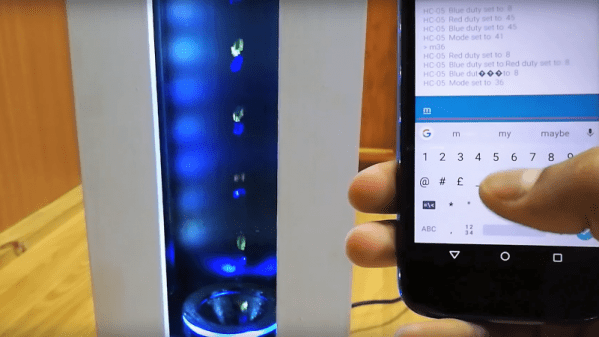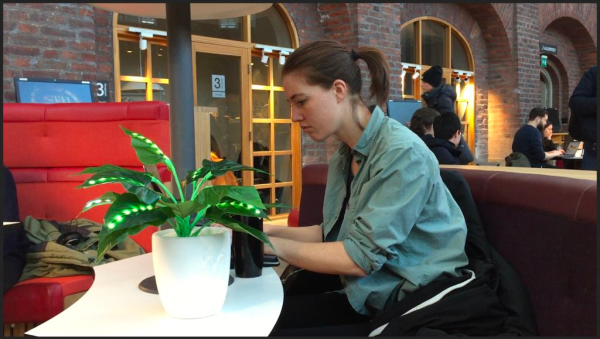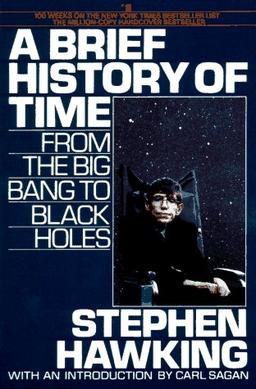The PocketBeagle single-board computer is now a few months old, and growing fast like its biological namesake. An affordable and available offering in the field of embedded Linux computing, many of us picked one up as an impulse buy. For some, the sheer breadth of possibilities can be paralyzing. (“What do I do first?”) Perhaps a development board can serve as a starting point for training this young puppy? Enter the BaconBits cape.
When paired with a PocketBeagle, everything necessary to start learning embedded computing is on hand. It covers the simple basics of buttons for digital input, potentiometer for analog input, LEDs for visible output. Then grow beyond the basics with an accelerometer for I²C communication and 7-segment displays accessible via SPI. Those digging into system internals will appreciate the USB-to-serial bridge that connects to PocketBeagle’s serial console. This low-level communication will be required if any experimentation manages to (accidentally or deliberately) stop PocketBeagle’s standard USB network communication channels.
 BaconBits were introduced in conjunction with the E-ALE (embedded apprentice Linux engineer) training program for use in hands-on modules. The inaugural E-ALE session at SCaLE 16X this past weekend had to deal with some last-minute hiccups, but the course material is informative and we’re confident it’ll be refined into a smooth operation in the near future. While paying for the class will receive built hardware and in-person tutorials to use it, all information – from instructor slides to the BaconBits design – is available on Github. Some of us will choose to learn by reading the slides, others will want their own BaconBits for independent experimentation. And of course E-ALE is not the only way to learn more about PocketBeagle. Whichever way people choose to go, the embedded Linux ecosystem will grow, and we like the sound of that!
BaconBits were introduced in conjunction with the E-ALE (embedded apprentice Linux engineer) training program for use in hands-on modules. The inaugural E-ALE session at SCaLE 16X this past weekend had to deal with some last-minute hiccups, but the course material is informative and we’re confident it’ll be refined into a smooth operation in the near future. While paying for the class will receive built hardware and in-person tutorials to use it, all information – from instructor slides to the BaconBits design – is available on Github. Some of us will choose to learn by reading the slides, others will want their own BaconBits for independent experimentation. And of course E-ALE is not the only way to learn more about PocketBeagle. Whichever way people choose to go, the embedded Linux ecosystem will grow, and we like the sound of that!










 Hawking’s first book, A Brief History of Time, has sold more than 10 million copies and for many readers was their introduction into the way physicists view space and time. It was written for general consumption and not reserved for those who were already bathed in the jargon of theoretical physics. It sent the message that contemplating science is something that is fun to do in your spare time. This work continued with his more recent mini-series Into the Universe with Stephen Hawking created for the Discovery Channel.
Hawking’s first book, A Brief History of Time, has sold more than 10 million copies and for many readers was their introduction into the way physicists view space and time. It was written for general consumption and not reserved for those who were already bathed in the jargon of theoretical physics. It sent the message that contemplating science is something that is fun to do in your spare time. This work continued with his more recent mini-series Into the Universe with Stephen Hawking created for the Discovery Channel.







